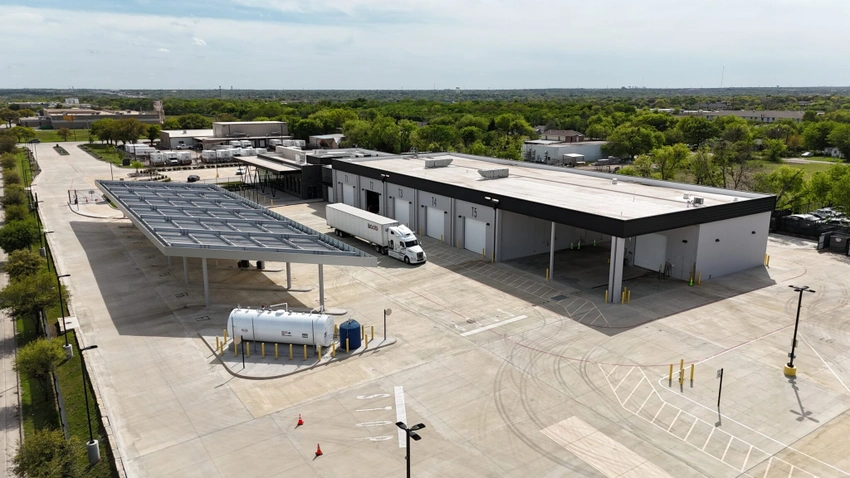In a recent firsthand experience with Tesla’s Full Self-Driving (FSD) system version 12.3.6, Morgan Stanley analyst Adam Jonas expressed his admiration for the advanced driver-assist system’s capabilities. Jonas highlighted the system’s ability to adapt its driving style, becoming either cautious or assertive as needed. He also noted significant improvements from the previous version, 12.3.4, indicating a promising trajectory for Tesla’s autonomous driving technology.
While version 12.3.6 included minor tweaks, Jonas anticipates a more substantial leap with the upcoming FSD (Supervised) V12.4 release. According to Jonas, this new version eliminates most training compute limitations, suggesting a potentially significant advancement in the system’s capabilities.
Morgan Stanley's Adam Jonas shares his Tesla FSD (Supervised) v12.3.6 experience. His initial impressions:
• Cautious when it needs to be
• Assertive when it should be
• Seems to demonstrate a heightened sensitivity to pedestrians or things associated with pedestrians (i.e.… pic.twitter.com/dZtVti3BdT— Sawyer Merritt (@SawyerMerritt) May 6, 2024
Describing a scenario where cars learn through observation and imitation rather than explicit labeling, Jonas emphasized the potential for Tesla’s vehicles to understand and execute complex commands. He likened this to instructing a robot to perform a specific task, such as balancing a red pen on one end on a table, highlighting the system’s ability to comprehend natural language and interpret nuanced instructions.
On the data front, Jonas estimated that Tesla’s fleet currently comprises around 5.5 million cars, a number projected to grow to 25 million units by fiscal year 2030 and over 50 million units by 2035. He also predicted that Tesla’s vehicles could collectively drive 100 billion miles per year by late 2025, with a significant portion of these miles potentially driven autonomously if the take rate for FSD increases.
Providing context, Tesla’s Q1 2024 Update Letter indicated that its FSD fleet had already covered a cumulative distance of 1.3 billion miles. Elon Musk’s Master Plan Part Deux from July 2016 suggested that worldwide regulatory approval for autonomous cars could be achievable with 6 billion cumulative miles, highlighting the progress Tesla has made in this regard.







